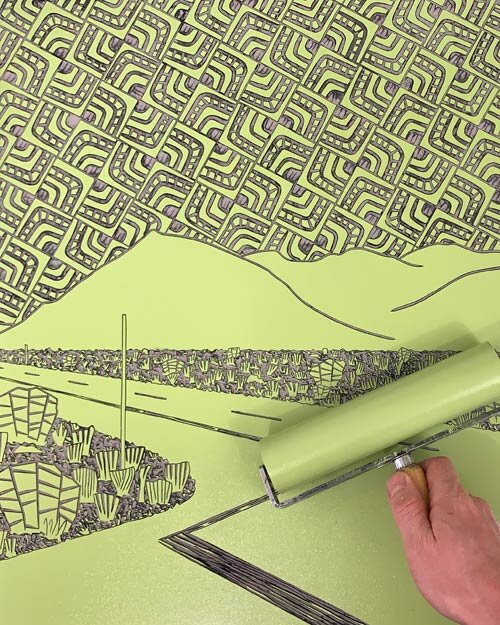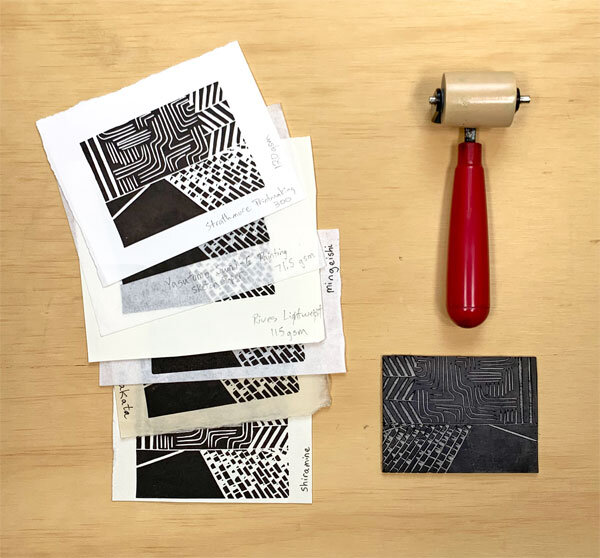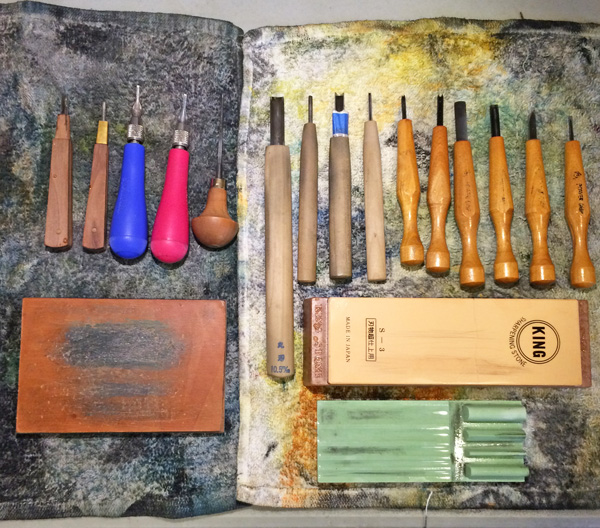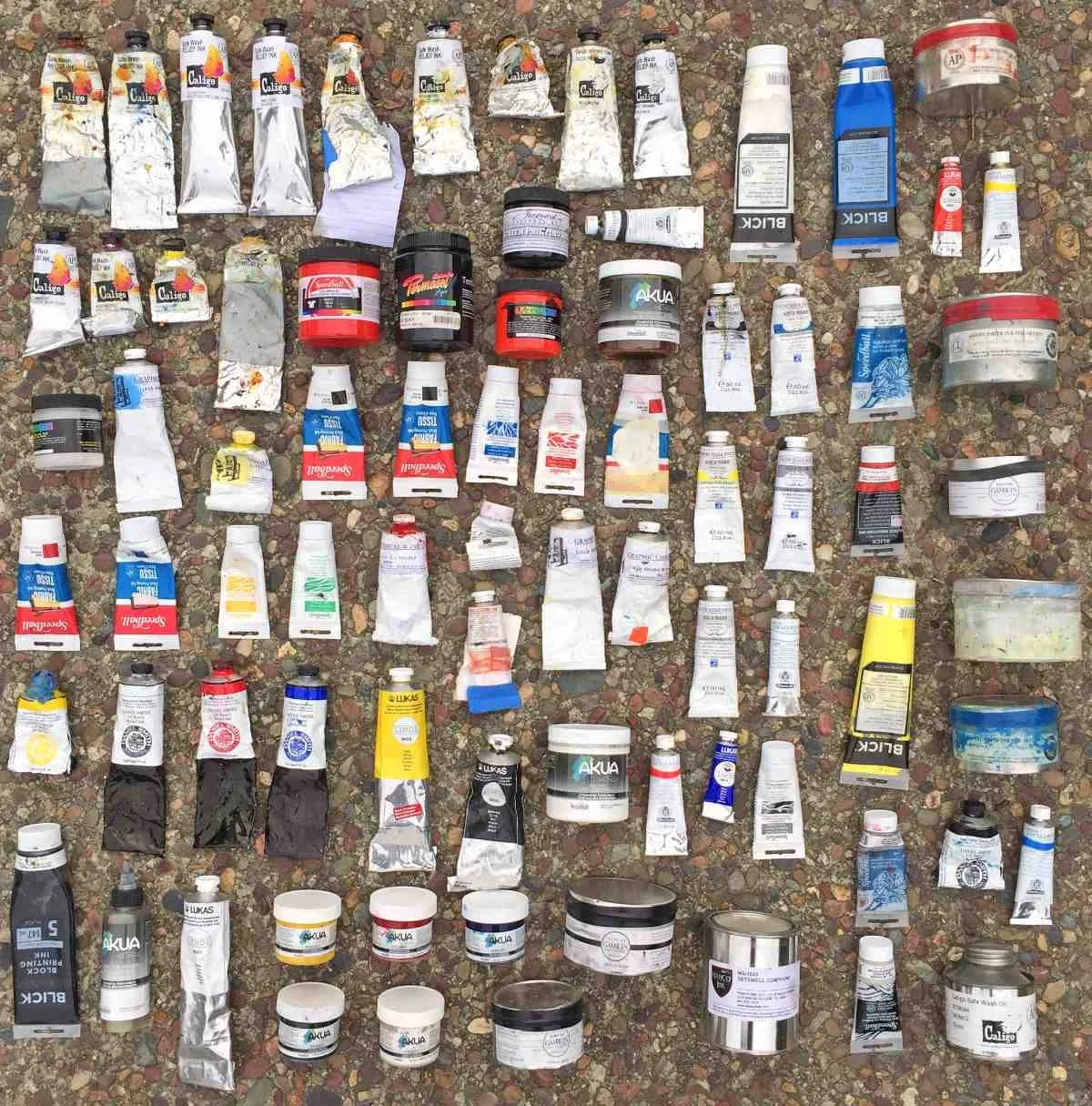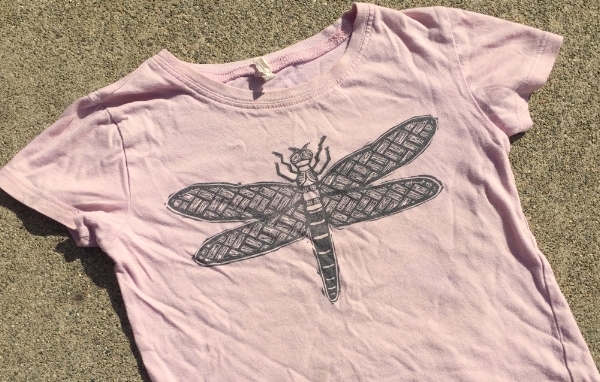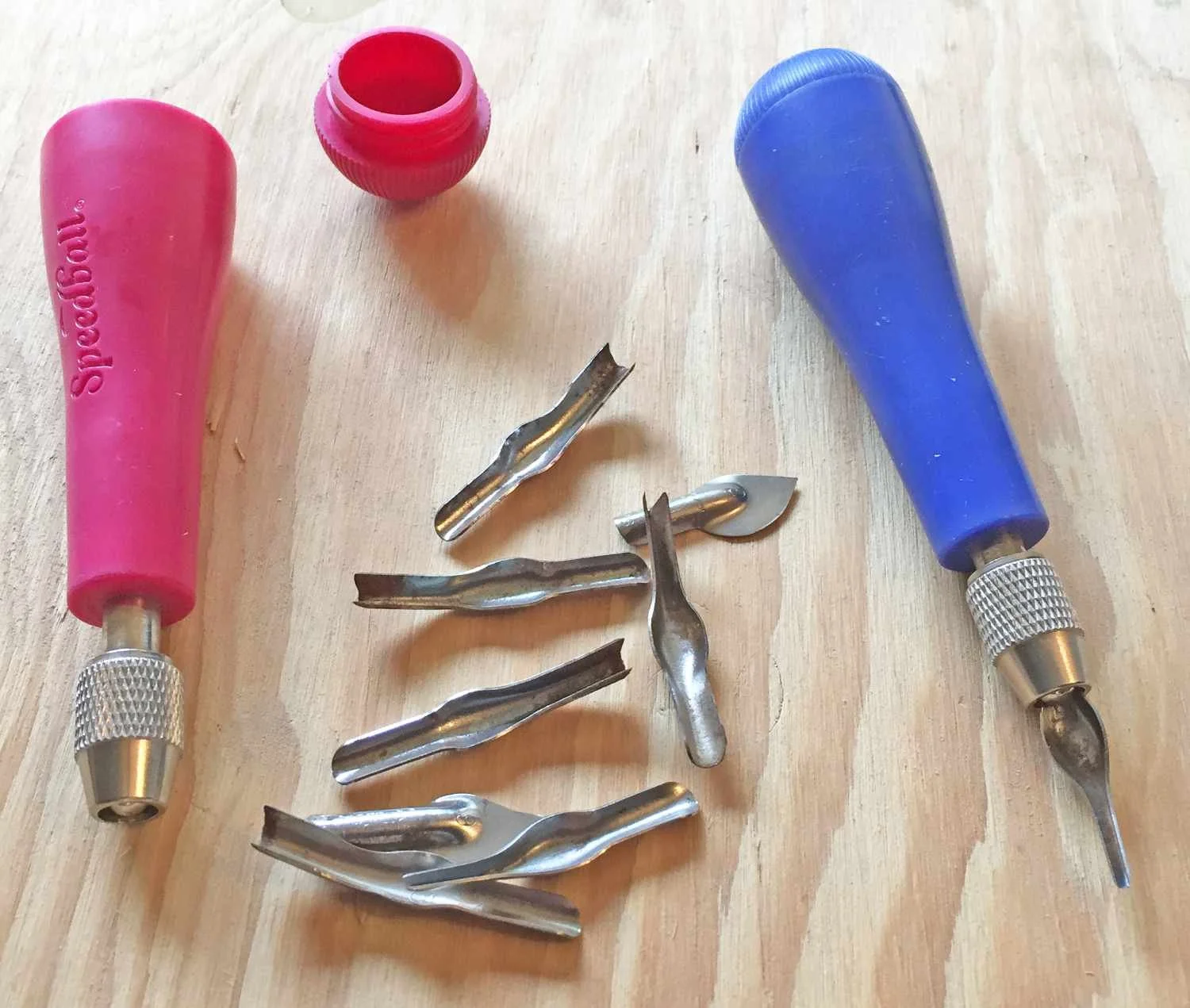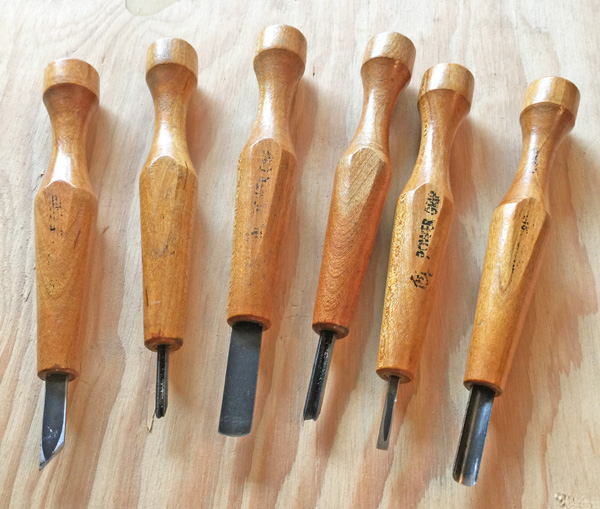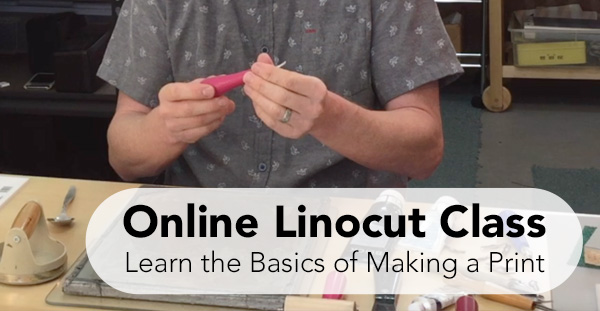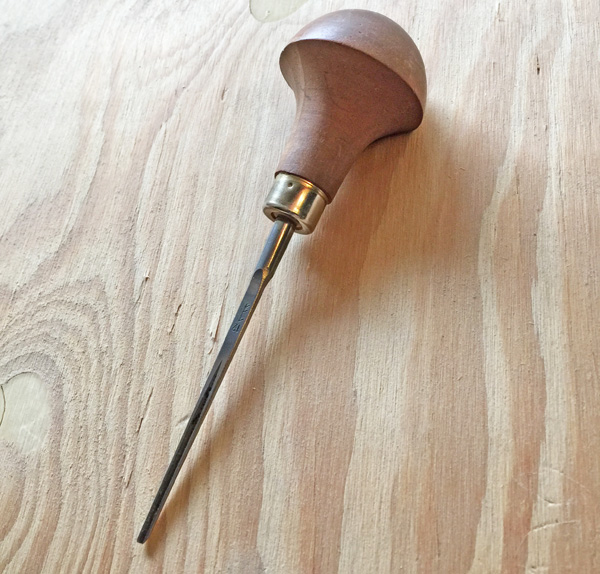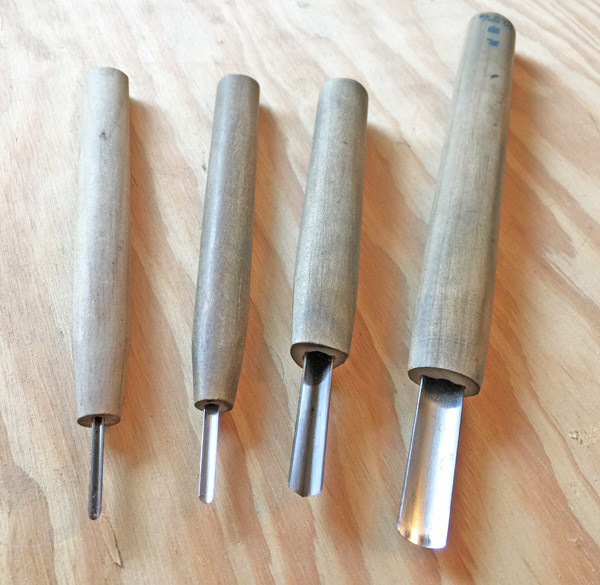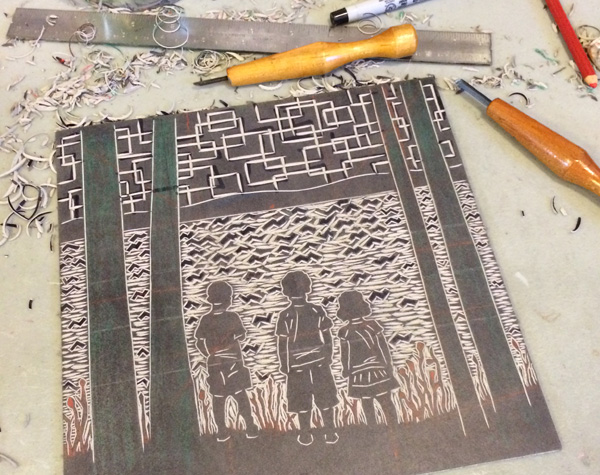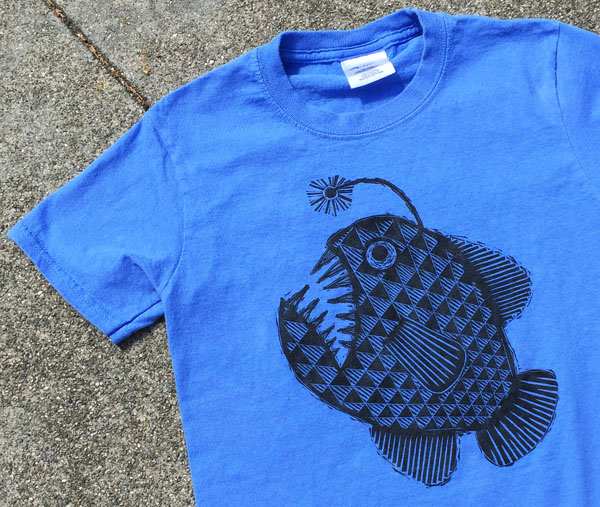I'm a fan of Speedball Fabric Block Printing Ink and have been using it for about three years. I use it primarily for printing linocuts on kids cotton t-shirts and thought it would be helpful to give an update on how the shirts have fared through normal wearing and washing. (Here's my original ink review from a while ago). Since this textile ink isn't widely available, I've included links to Blick Art Materials and Amazon, where it can be purchased. I get a small commission if you end up buying something there since I participate in their affiliate programs but the opinions below (good and bad) are my own. You can find more details about this here.
The washability of inks on textiles is a concern for anyone who starts printing on fabric. Many of us have made a print we're pleased with only to find that it fades a ton upon washing - I know I have and it's frustrating. Some recent questions from readers (thank you!) prompted me to take a close look at a t-shirt I printed years ago and assess how well the linocut print lasted.
My daughter's dragonfly t-shirt is a good example. I printed the linocut on a Bella Baby shirt with Speedball Fabric Block Printing Ink in May 2015. I pulled the shirt out of her drawer this weekend and took a picture.
T-shirt printed with Speedball Fabric Block Printing Ink after almost three years of washing and wearing.
Based on my experience, Speedball's Fabric Block Printing Ink (available through both Blick and Amazon) has performed well in the years since I originally printed the t-shirt. Especially considering that I made this shirt before I did a lot of testing in my printing process. For instance, I now always wash new fabric before printing and cure the ink in a hot dryer (I can't remember if I did either on this early t-shirt). I have a more recent shirt that I block printed after I honed my technique, which is holding up very well.
The shirts were always washed and dried with our regular laundry - no special care was taken with them. The intensity of the lino print still seems good to me. Like I mentioned in my original ink review, though, there is a little fading at the beginning. Don't be surprised when the intensity of the print's color is not as deep after you first wash it.
In my experience, after that initial fading, the ink's permanence holds up over the years. Given this, if the printed t-shirt is going to someone else, I recommend pre-washing the t-shirt once the ink sets, sort of like how companies pre-wash jeans before selling them. And, if you're looking for other printing tips, I have a whole page dedicated to the t-shirt printing process.
I hope this update has been helpful!

